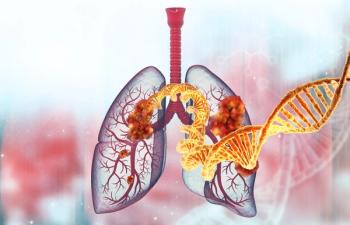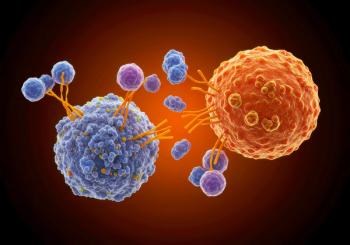
Locked and Loaded: HIV Reservoir Marker Could Help Target, Eliminate Dormant Virus
Marker helps differentiate dormant HIV-infected cells from their health counterpart cells.
Investigators have discovered an HIV reservoir marker that allows them to distinguish between dormant HIV-infected cells and healthy cells.
One of the largest obstacles in developing an HIV cure is the ability of the virus to hide in reservoir pools to evade antiretroviral therapy (ART) and the immune system response.
The first step in eliminating the
In a
For the study, the investigators used an in vitro model of HIV-infected quiescent CD4 T cells. They found a gene expression signature of 103 upregulated genes that are specific for latently infected cells, including genes for 16 transmembrane proteins.
The CD32a protein was only present on the surface of the infected cells, meeting the criteria of a reservoir cell marker.
To confirm the findings, investigators used blood samples obtained from HIV-positive patients receiving suppressive ART. They identified a subpopulation of 0.012% of CD4 T cells that expressed CD32a, and host up to 3 copies of HIV DNA per cell.
The CD32a+ reservoir was highly enriched in inducible replication-competent proviruses and can be predominant in some of the patients.
“Our discovery that CD32a+ lymphocytes represent the elusive HIV-1 reservoir may lead to insights that will facilitate the specific targeting and elimination of this reservoir,” the authors wrote.
A patent owned by CNRS (Délégation Paris Michel-Ange) has been filed for the diagnostic and therapeutic use of the identified marker.
Newsletter
Stay informed on drug updates, treatment guidelines, and pharmacy practice trends—subscribe to Pharmacy Times for weekly clinical insights.















































































































































































































